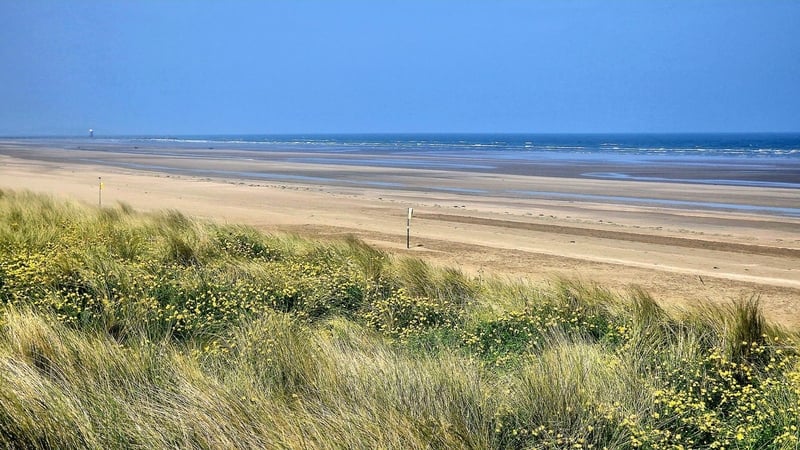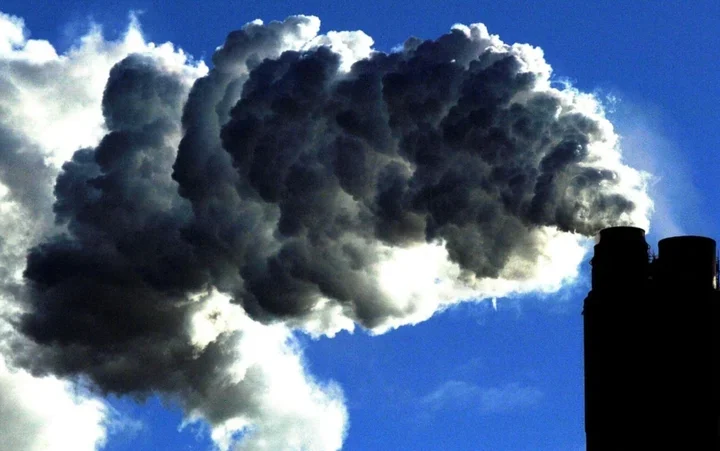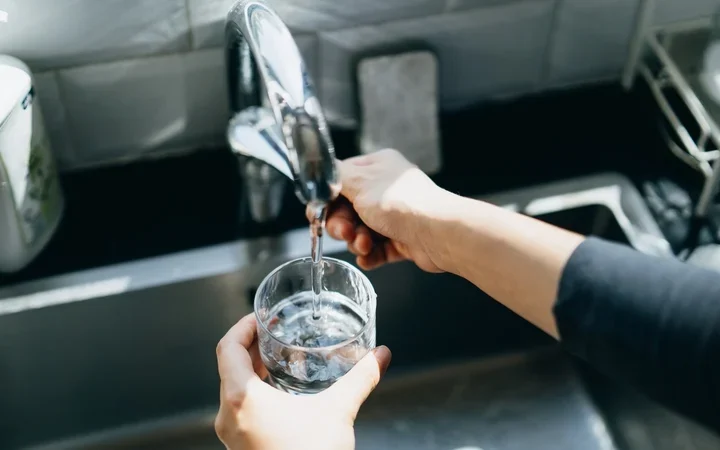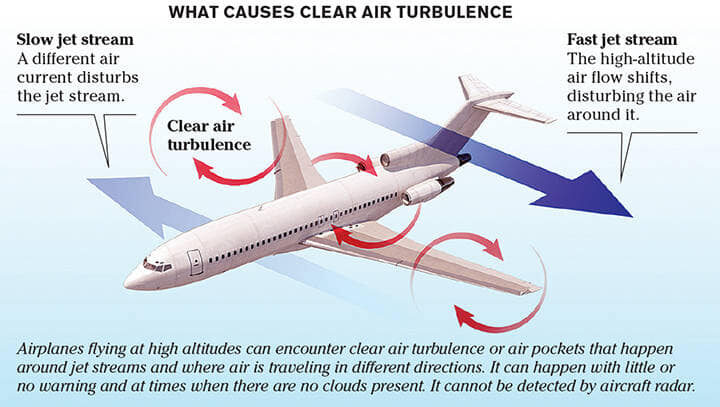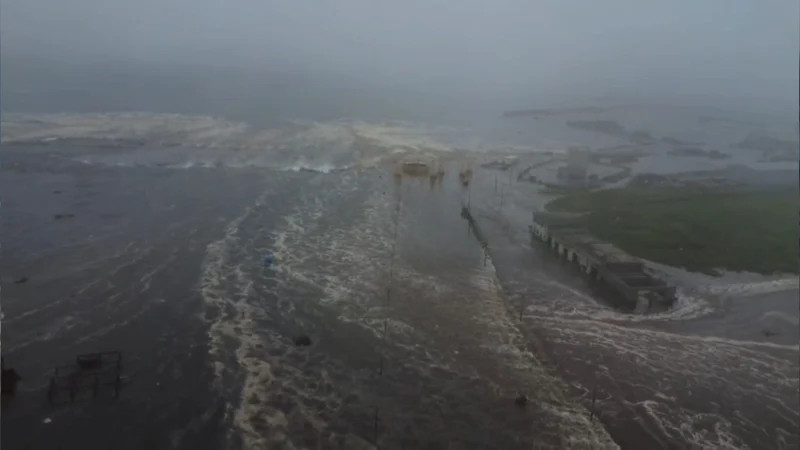The quality of bathing water was high across Ireland last year, with 96% of sites meeting or exceeding the minimum standard, according to a report from the Environmental Protection Agency.
A total of 145 out of 151 bathing sites achieved the standards, an increase of two from 2023, with 122 of these sites having ‘Excellent’ water quality.
This was the highest number of ‘Excellent’ classifications since 2014.
The number of sites with water quality classified as ‘Poor’ decreased from five to two with Lady’s Bay in Buncrana, Co Donegal and Sandymount Strand in Dublin rated as ‘Poor’ last year.
The main sources of pollution at Sandymount Strand were deemed to be “misconnections and sewage overflows which contaminate streams flowing to the bathing water, dog fouling left on the beach and marine birds”.
Bathing water at Lady’s Bay in Buncrana was affected by “untreated wastewater released occasionally from the town’s collecting system”.
Nineteen beaches were classified as having ‘Good’ water quality while water quality at four beaches was ‘Sufficient’.
An additional three new bathing waters were officially identified with Half-Moon in Dublin classified for the first time with ‘Excellent’ water quality.

Meanwhile, some 34 pollution incidents which resulted in the closure of bathing waters were reported to the EPA in 2024, down from 45 in 2023.
Eighteen of these closures were due to the presence of pollution in sample results, one closure was due to algal blooms while bathing waters were also closed on 15 occasions as a precaution after overflows in the sewer network.
Urban waste water was most frequently reported as the likely cause of incidents, the EPA said, adding that agricultural runoff, contamination from animals and birds, and pollution entering the surface water
collection system through misconnections or runoff from urban areas also contributed.
The report noted that last year being a drier year than 2023 led to less than half of the bathing warnings being issued.
“Heavy rainfall can result in wastewater overflows and in runoff from agricultural lands and urban areas, which can cause short-term deterioration in water quality,” the report said.
The EPA also said it issued 79 ‘prior warning’ notices in 2024, to advise of potential pollution events to protect bathers’ health.
This represented 149 fewer notices than the previous year.

The EPA urged Uisce Éireann to continue to “improve the operation, management and maintenance of treatment plants and networks which impact on bathing waters”.
It also called for measures like sustainable urban drainage to be implemented along with measures in agricultural cathcments to reduce runoff.
It said local authorities need to “prioritise measures to improve the two Poor bathing waters, and to increase the number of bathing waters at Good or Excellent”.
Director of the EPA’s Office of Evidence and Assessment Dr Eimear Cotter welcomed what she called a “positive news story on our bathing water quality”.
Dr Cotter said heavy rainfall during last year’s bathing season has emphasised the need to build climate resilience into the management of bathing waters.
“Heavy rainfall in the west and north-west last August especially resulted in many beaches being closed to protect swimmers’ health,” she said.
“Local authorities must step up their efforts to improve their understanding of causes of pollution from heavy rainfall and how this impacts beaches.
“This is also important outside the official bathing water season as more and more people are enjoying outdoor swimming all year round.”
Speaking on RTÉ’s Morning Ireland, Dr Cotter said inadequately treated wastewater and run off from land are the main problems but a number of problems impact on the quality of bathing waters.
“It’s inadequately treated waste water and also runoff from land, be it agriculture, land and urban areas.
“We also see dog fouling, bird fouling. The issues are exacerbated in heavy, wet rainfall, and we are seeing more intense, more frequent rainfall events, and that exacerbates those issues.”
Dr Cotter said ambitious and sustained investment is needed in waste water infastructure.
There have been improvements in recent years, she said, but some areas still need investment.
However, improvements are seen when investment goes in, she added, with an example of this being Trá na mBán in An Spidéal.
